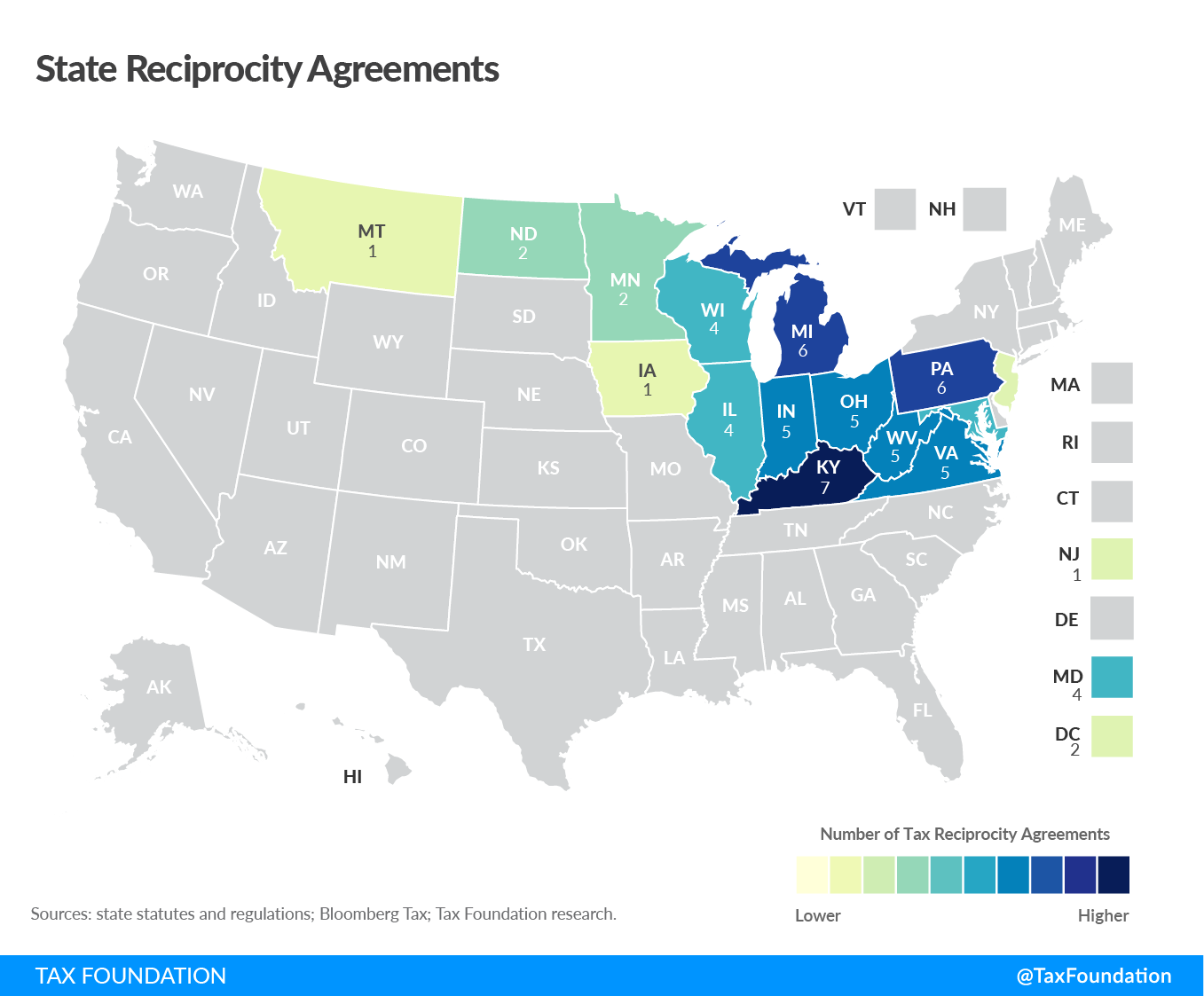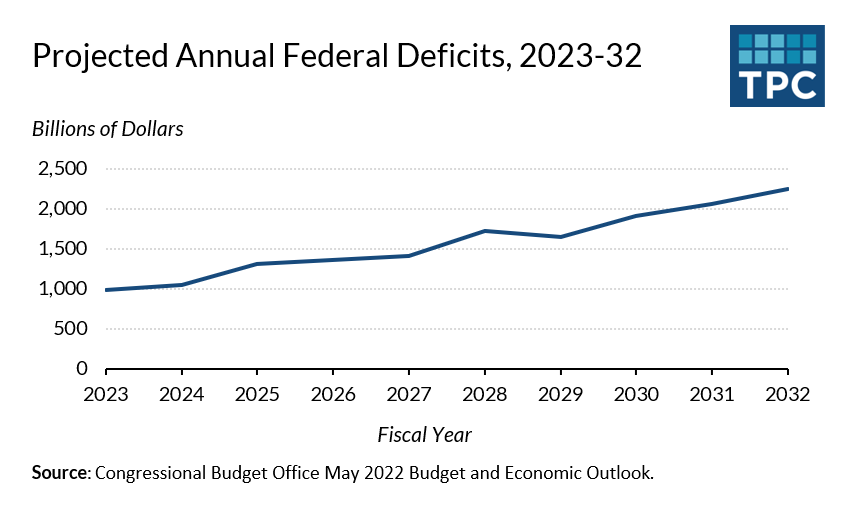Estonia Tax System Would Remain Competitive after Tax Reform
After the 2023 general election in March, Estonia’s incoming coalition (comprised of the Social Democrats and Reform Party) introduced plans to increase taxes over the next two years. Estonia’s tax system has consistently ranked as the most competitive amongst OECD countries according to Tax Foundation’s International Tax Competitiveness Index, but will this change lead to a drop in the rankings?
The government’s proposal would raise both the value-added tax (VAT) and income tax rates from 20 percent to 22 percent, eliminate income tax exemptions, and introduce a specific car tax. Most of the expected extra revenue will be used to finance the green transition, defense spending, and Estonian infrastructure.
Income taxes will rise for all companies and people earning above the basic exemption because Estonia operates a flat-tax system on all income, regardless of source, when it is distributed. The current proposal focuses primarily on corporate income taxes but it will likely be extended to personal income taxes as well.
Higher rates generally decrease the competitiveness of tax systems because they distort economic behavior and weaken incentives to generate income. But not all tax rate increases yield the same effect. For example, an increase in corporate income taxes is more distortive than the same increase in consumption taxes because capital is more mobile than consumption.
Estonia Remains Number One
Despite the higher tax rates, none of the reforms individually or together are enough to dethrone Estonia’s system. However, they do make the system less competitive than before. For the corporate tax subcategory, Estonia remains in second place, but its score drops from 98.89 to 94.85. For consumption taxes, it falls from 14th to 18th with its score dropping from 61.41 to 55.42. Interestingly, the 2-point increase in personal income tax rates would keep the country in first place in the individual tax subcategory. In the end, Estonia’s overall ranking remains number one.
This begs the question: what makes Estonia’s tax system resilient to multiple tax rate increases and keeps it so competitive?
Why Tax Rates Are Not the Whole Story
This analysis shows that tax rates are not the only important feature of a tax system. Furthermore, a country by no means needs a perfect tax system to be highly competitive.
When considering what makes a tax system more competitive, low rates are often the first thing that come to mind. Not all taxes are made equal, however, and certain taxes—or ways to levy them—are preferable to others. A principled tax system features simplicity, neutrality, and transparency across multiple areas of the tax code including corporate, individual, consumption, property, and cross-border taxation. Tax regulations should be easily understandable and permanent, and they should influence economic behavior as little as possible.
In addition to tax rates, tax competitiveness also includes the breadth of the tax base, as explained in the Index. The fewer exemptions there are and the more comprehensive the tax base, the less decisions are influenced by tax considerations. As the main purpose of taxes is to raise money, this neutrality should be ensured as much as possible.
Estonia has many elements already in place that boost competitiveness. Among these are a corporate tax on distributed profits, which provides the economic equivalent of full expensing for capital investments, and a broad income and consumption tax base.
Estonia’s corporate and personal income taxes have a flat rate with a basic exemption for personal income taxes to maintain some progressivity. With a focus on cash-flow taxation, Estonia avoids the double taxation of shareholders and capital gains. Estonia allows only a few exemptions and therefore has a very broad tax base for personal income. Given that there are such few provisions, it has a very simple and easy-to-follow tax code accessible to all citizens.
Estonia is further famous for its ease of filing taxes which drastically increases understanding and compliance by firms and individuals. The current proposal also discusses further elimination of some exemptions which could have an additional positive impact on Estonian tax competitiveness.
Overall, the provisions in the tax base can be much more decisive than the actual tax rate and one must look at the whole structure of the tax system to comprehensively estimate the tax competitiveness of a country.
When a country has a broad base with a simple and transparent tax code, small rate changes have little influence. Therefore, policymakers shouldn’t only focus on rate changes when it comes to increasing tax competitiveness. While rate changes and exemptions take the most prominent place in public debate, these are not the only levers of tax policy and often not the most suitable ones to achieve various policy goals either.






